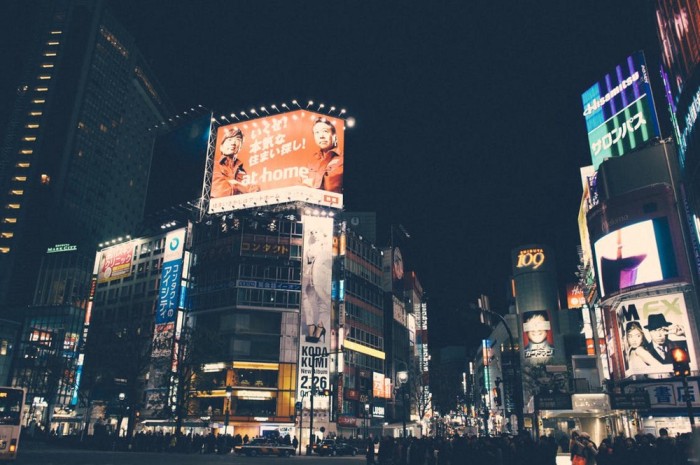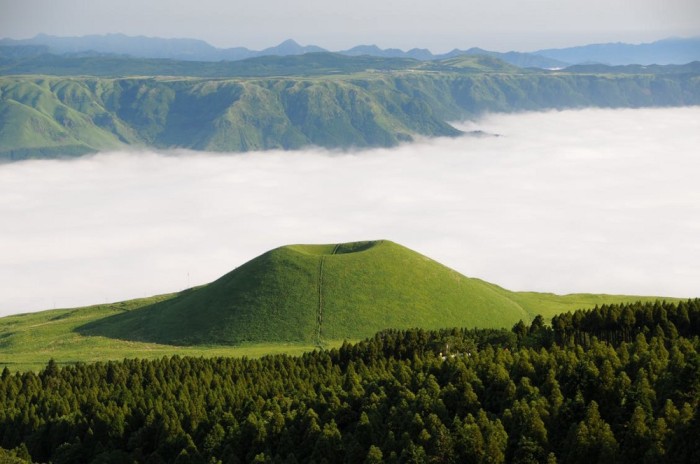And the rise of forest bathing

With aching legs, windblown faces and strands of hair frozen like spiky icicles, we “kanpai!” our Sapporo beers to a great day on the slopes as we look up to the view of Niseko’s Ana Puri mountain. The people around us sipping on steaming coffee or cold beers are likely to finish their drink and head to a Japanese onsen to end the day soaking their muscles in the healing, hot mineral springs that fill these public baths.
Comparing this to other vibrant après scenes like Canada’s Whistler or Big White ski resorts (nacho towers, live music and ski shots), the après culture in Japan appears a little more relaxed and sophisticated. However, the drinking culture in the corporate world back in the cities has far greater ramifications.
The Japan Times revealed almost 10 million people in Japan potentially have an alcohol dependency. However, only 40,000 to 50,000 are currently undergoing treatment. Susumu Higuchi, director of the National Hospital Organisation Kurihama Medical and Addiction Center, says Japan is a society that can push people to drink:
“However, once someone becomes [alcohol dependent], he or she is looked down on and it is not easy for that person to regain his or her status back in society after recovery.”
Business Insider published an article that recognises the significance of the Japanese corporate drinking culture, as this was how the older generation of workers established their relationships with clients and often used drinking as a bonding ritual for their own teams and employees. “During the day, the Japanese generally take a task-based approach, but the relationship building that happens in the evening can be critical to business success.” There is even an expression for this; nomunication, stemming from the Japanese verb nomu ‘to drink’ and the English word ‘communication’.
Hello Sunday Morning’s Chief Product Officer, Alex, lived immersed in this working culture in Tokyo for a few years:
“After-work drinks are almost mandatory, if you choose not to go then you are treated as the odd-man-out. One of the unspoken reasons this is pushed so hard is that ‘after work drinks’ is the only time you can air your grievances or communicate your feelings to superiors. During work hours it would be a massive disrespect to argue with your boss, so you are meant to bottle it inside and hold on for Friday drinks, during which you can have the ‘Oh, I had too much to drink’ excuse for opening up about your feelings.”
So there is a direct correlation between drinking as a way to cope with the pressures and stress from work. And if an organisation is encouraging employees to drink for business matters, they could be the ones leading them down the rabbit hole.

There is a uniquely beautiful type of therapy from Japan that could prove to be beneficial for people caught up in these over-working, over-drinking societies.
A therapy that goes by the poetic name of Forest Bathing.
So far, the Japanese government has funded about $4 million in forest-bathing research since 2004, with a goal of designating 100 official trails. At the moment, Japan has 48 Forest Therapy trails designated for shinrin-yokuby Japan’s Forestry Agency. Shinrin-yoku is a term inspired by ancient Shinto and Buddhist practices, and it essentially means to let nature enter your body through all five senses.
Psychological research supports the theory that immersing oneself in nature has proven to be beneficial to relieve anxiety and depression, boost empathy and improve cognition. Forest bathing research supports scientists to measure the effects of the cells and neurons during this experience in nature. Research, led by Yoshifumi Miyazaki from the University of Chiba and Qing Li from the Nippon Medical School in Tokyo, uses field tests, hormone analysis, and new brain-imaging technology to uncover how the benefit from these trails works on a molecular level.
Another unique therapy from Japan known as Morita therapy was influenced by the psychological principles of Zen Buddhism and is all about accepting life as it is, known as ‘arugamama’.
“The answer lies in practicing and mastering an attitude of being in touch with the outside world. This is called a reality-oriented attitude, which means, in short, liberation from self-centeredness.” Takahisa Kora, M.D.
Morita Shoma, a Japanese psychiatrist, developed Morita therapy to consist of four distinct stages. He was disillusioned by the harm caused to inpatients while being confined in dismal places and decided to take them into his country home. It initially consisted of complete rest, from which he progressed his therapy to include art, diary writing, interaction with the environment and outdoor activities, while observing that the safe familial environment fostered responsive healing. The Morita School explains that the principles of this approach have been adapted to outpatient settings and expanded to address not only emotional well-being but to improve function in many aspects of day to day life.
Morita identifies that our mind is capable of imagining and wishing for things that have nothing to do with how life is. The Morita School gives an example of people who want to adopt lifestyles without experiencing the natural outcome of those lifestyles. People imagine that they can neglect and abuse their bodies and not experience negative effects to their health. People imagine that they can live fully and not experience the uncomfortable thoughts and feelings that are naturally a part of that kind of life.
Those in cities are turning to external, alternative therapies for treatment of addiction, anxiety and other mental issues caused by the current cultural expectations. But as the high number or people over-working in Japan starts to reduce, hopefully a generational change of relying on alcohol to communicate issues with employers will also see a cultural shift.
This article was originally published on Hello Sunday Morning’s Medium platform.